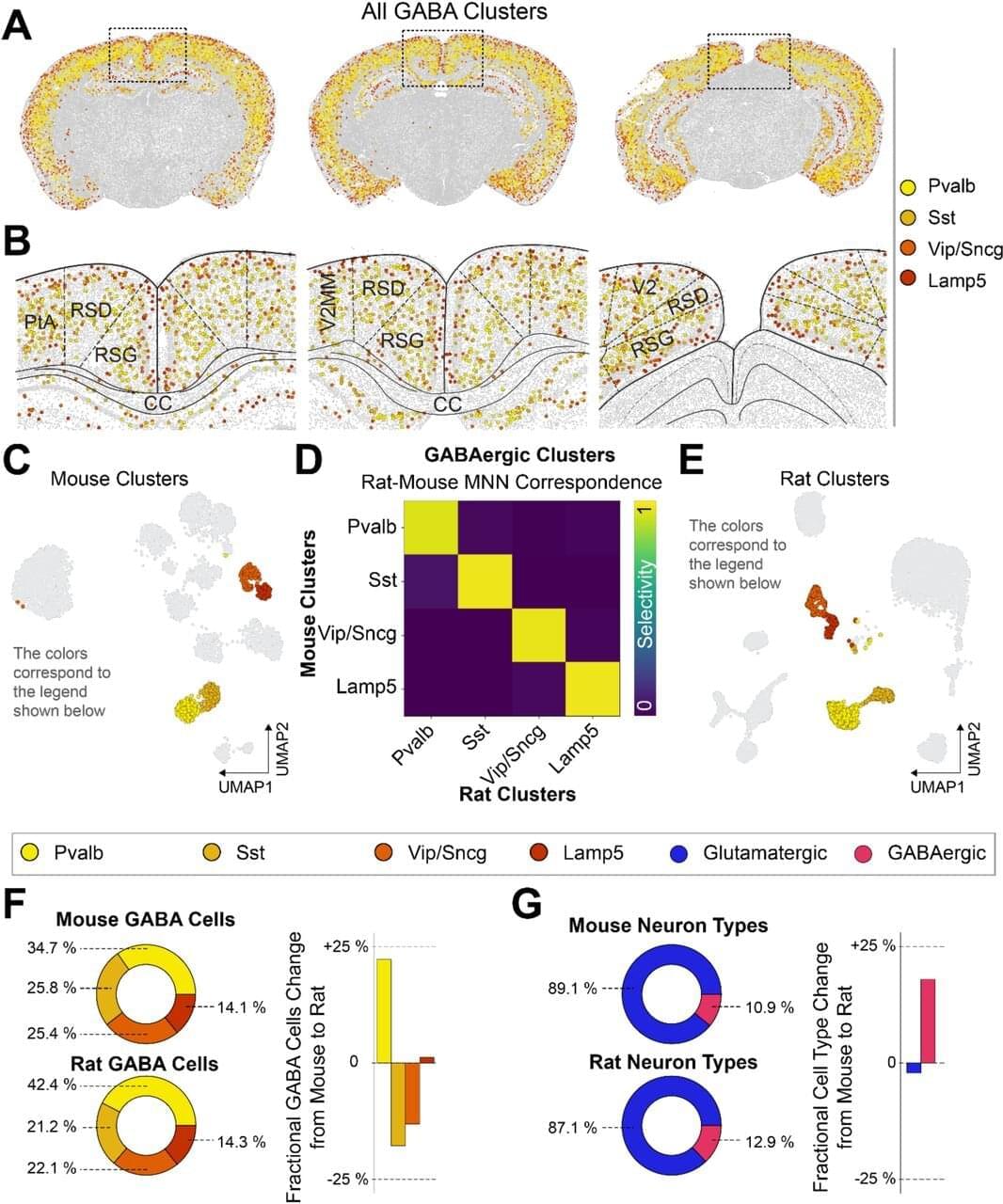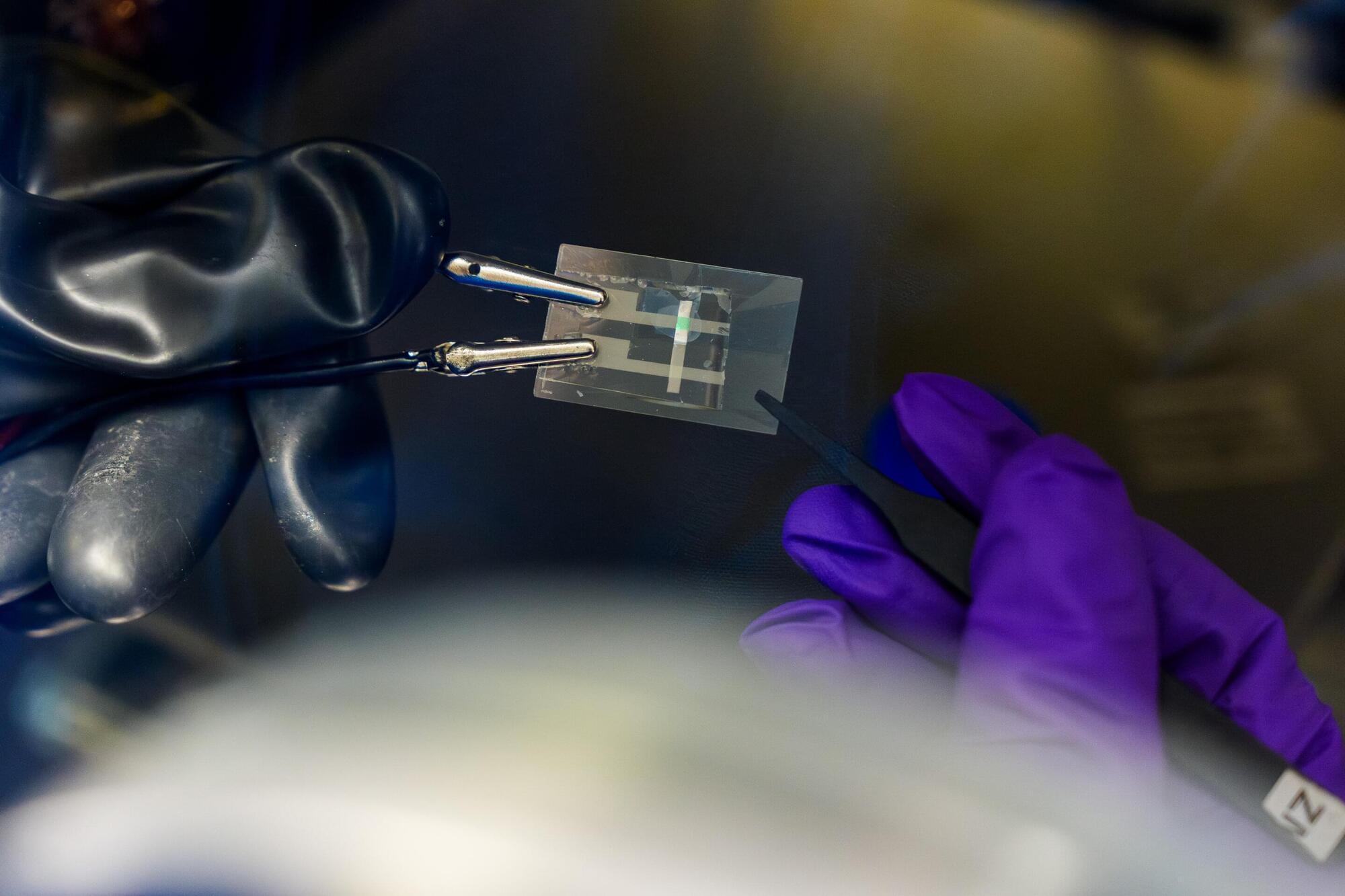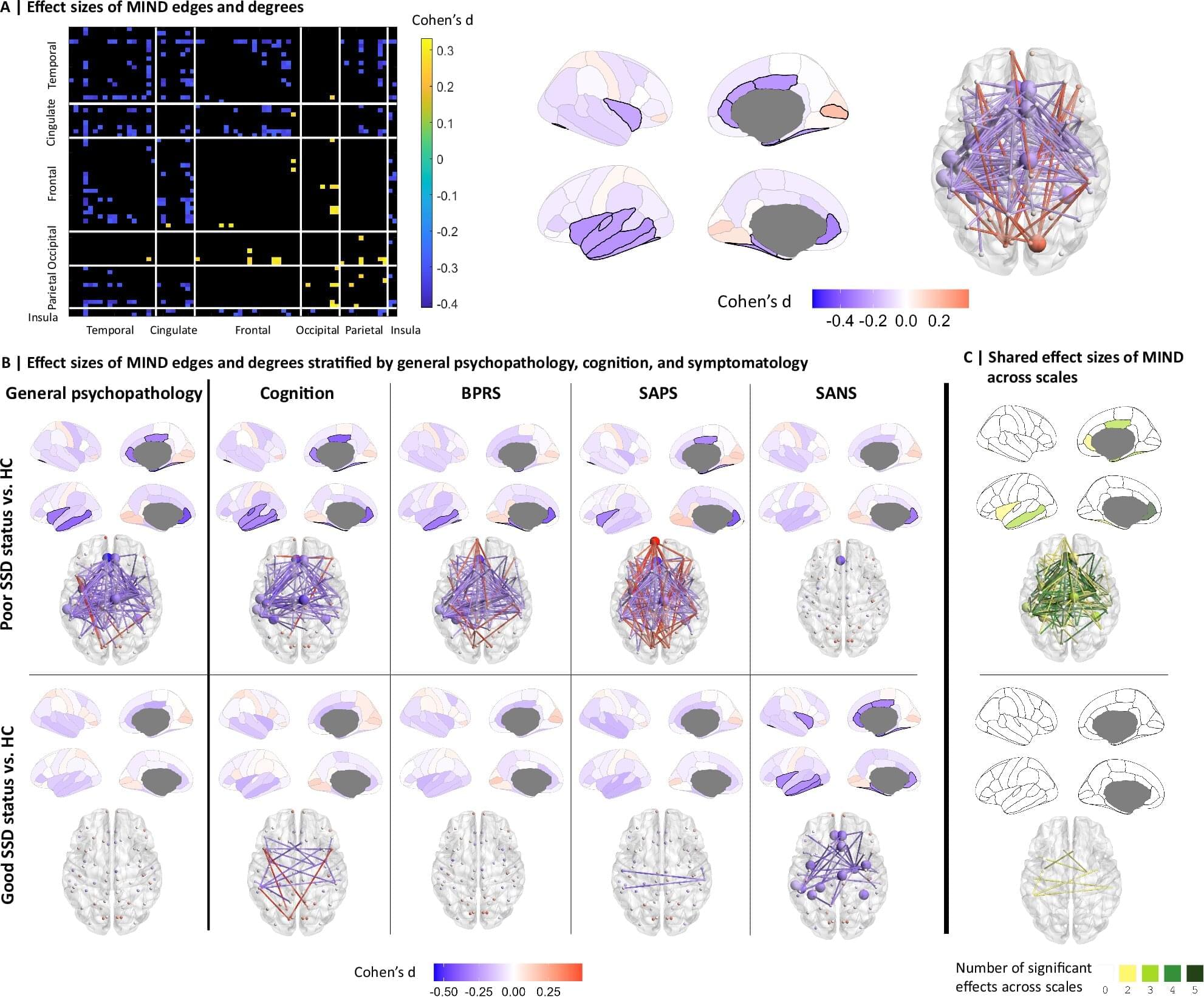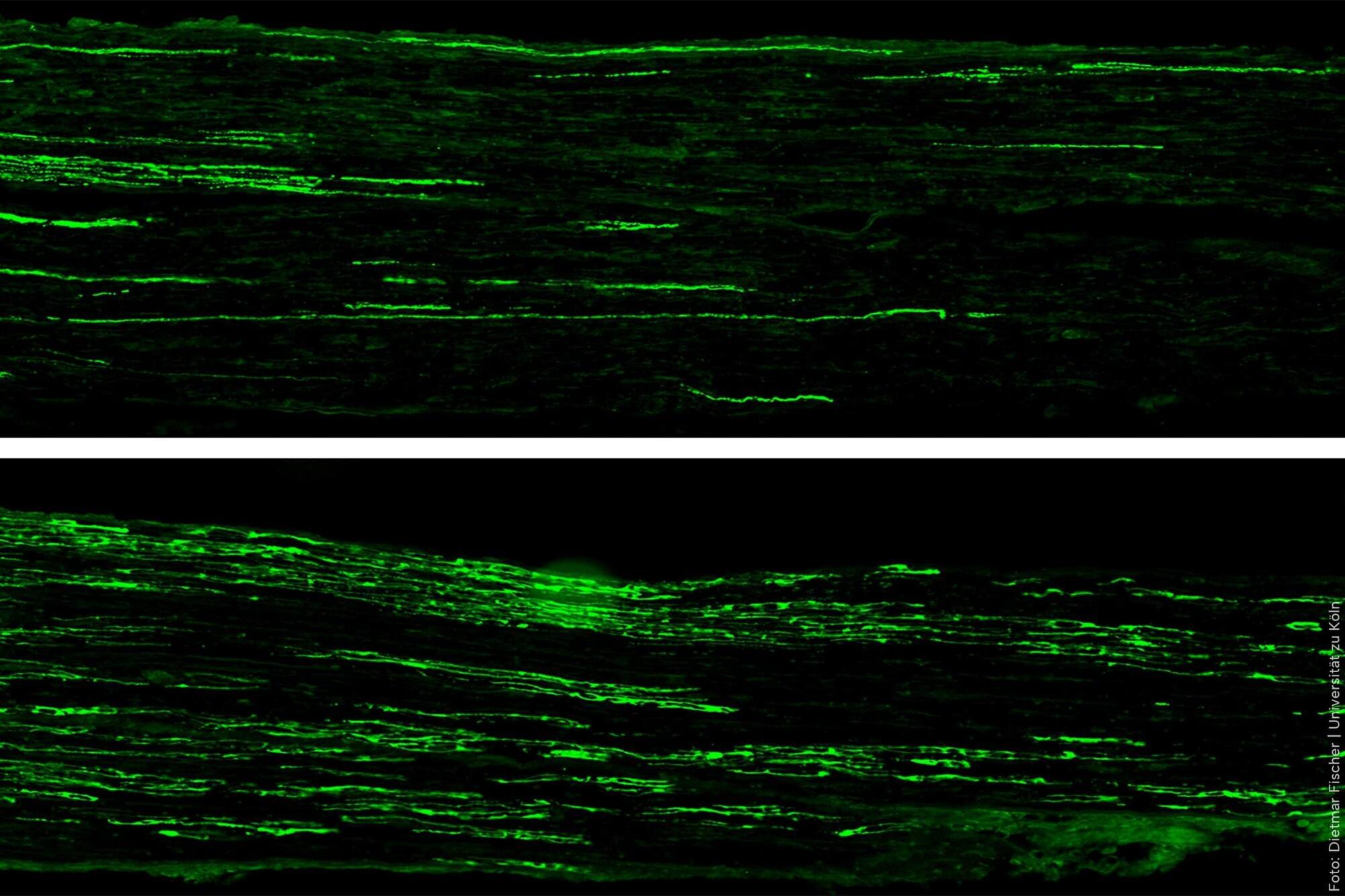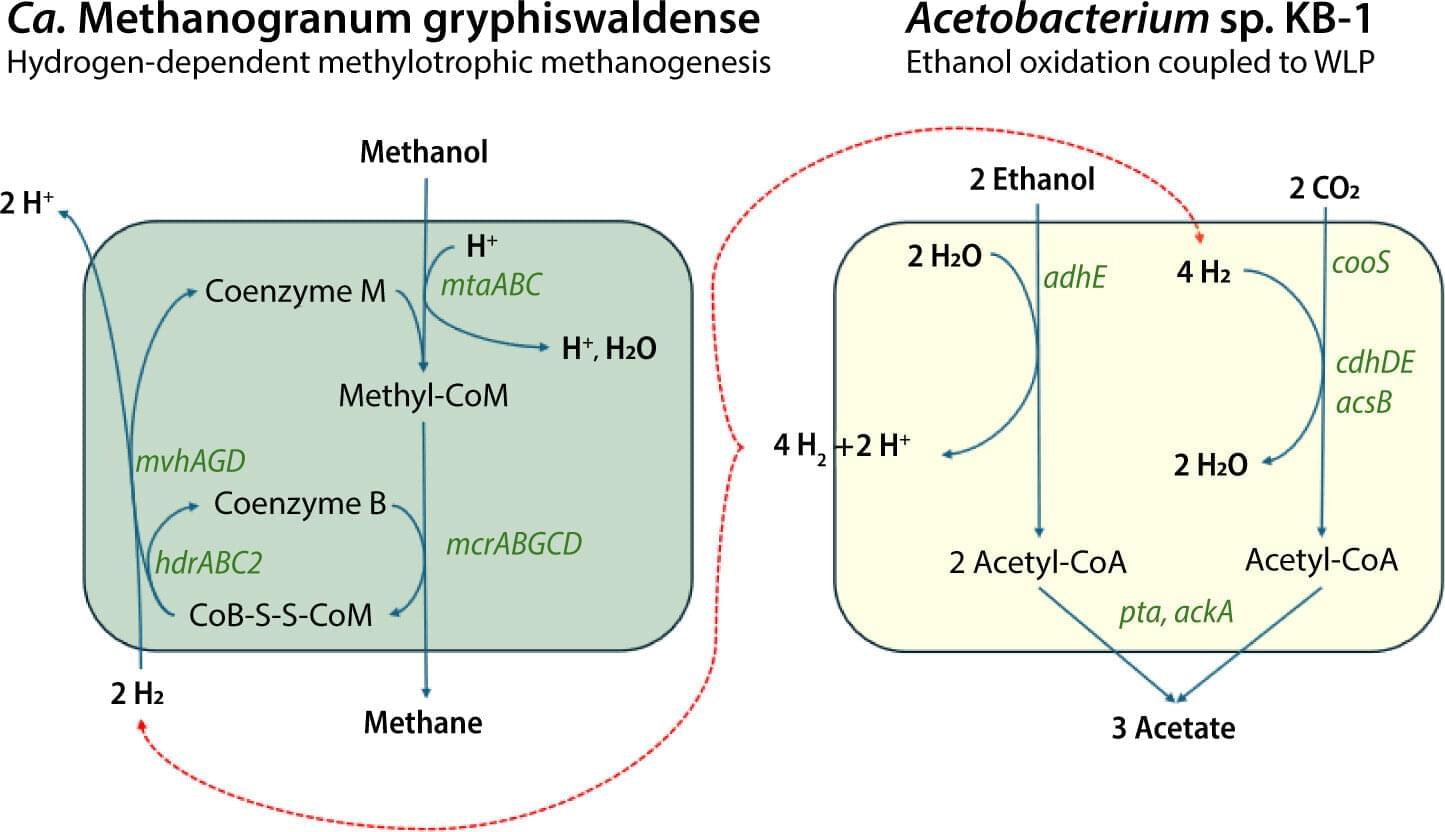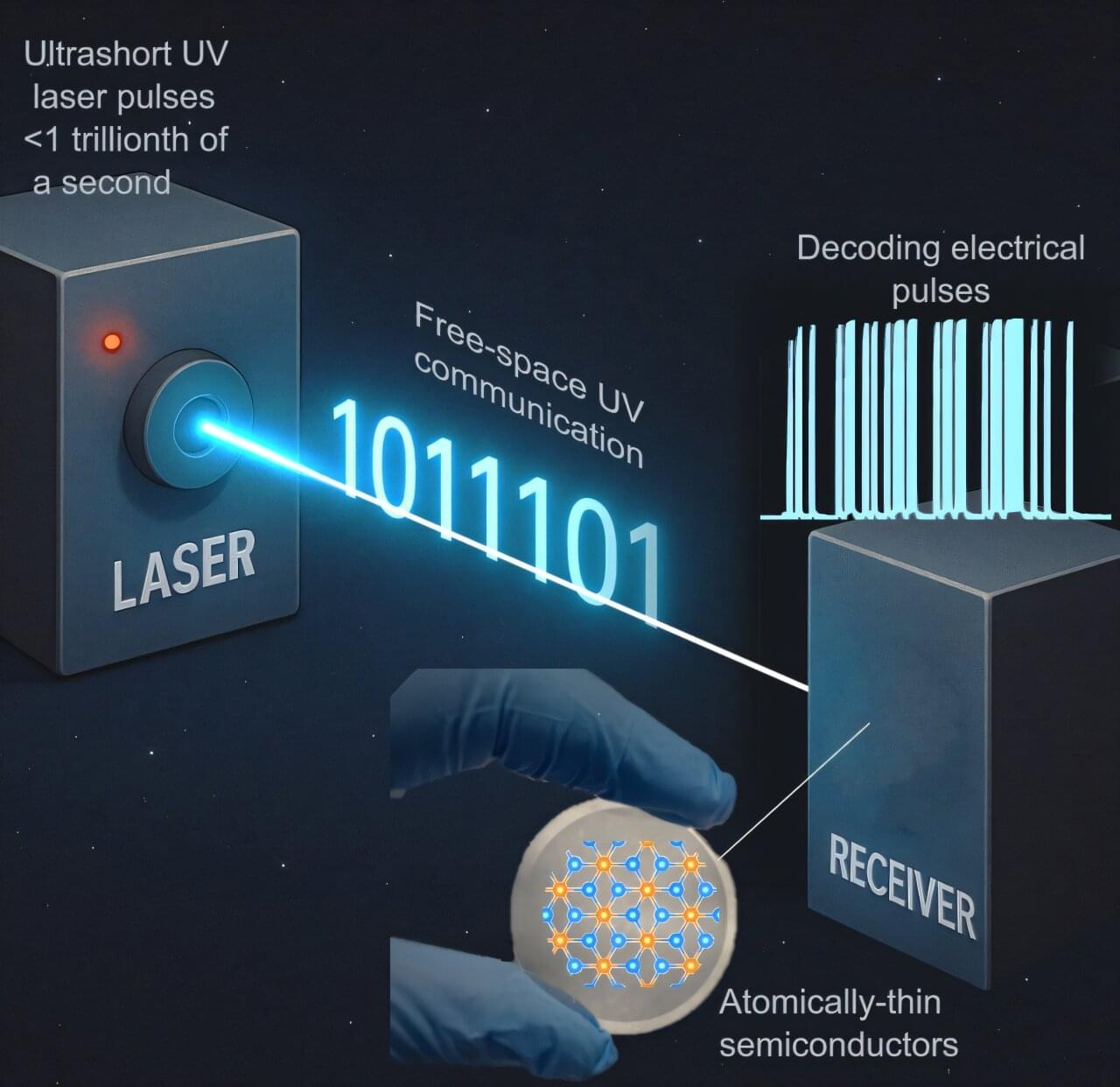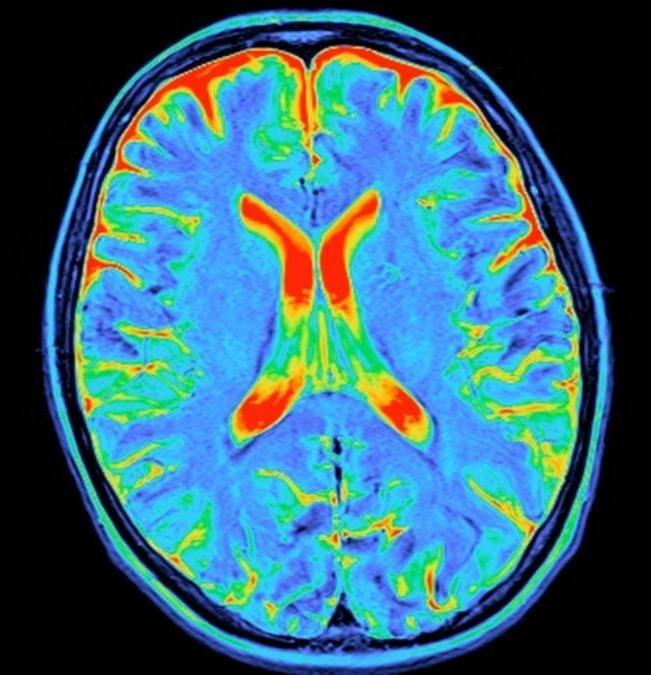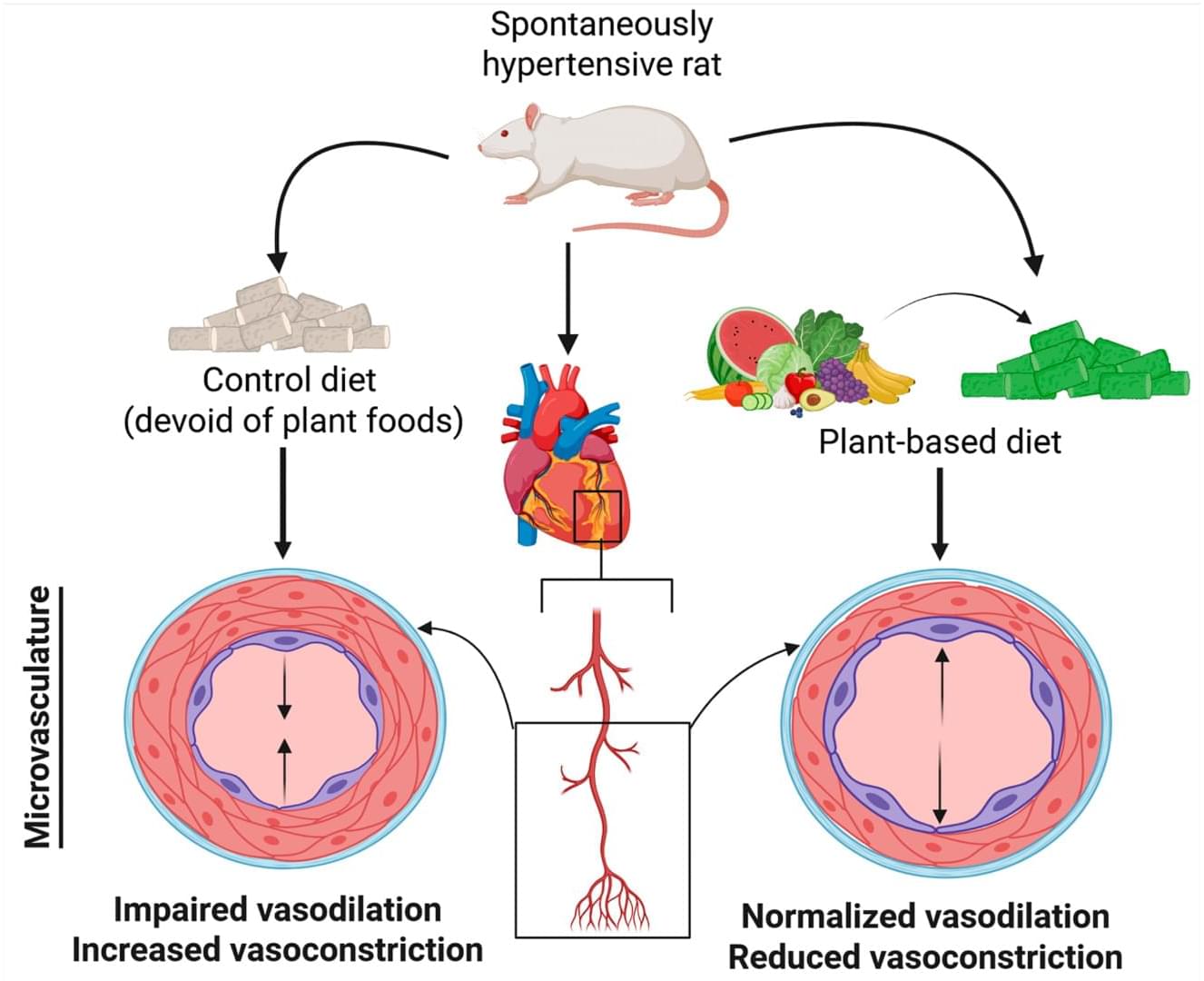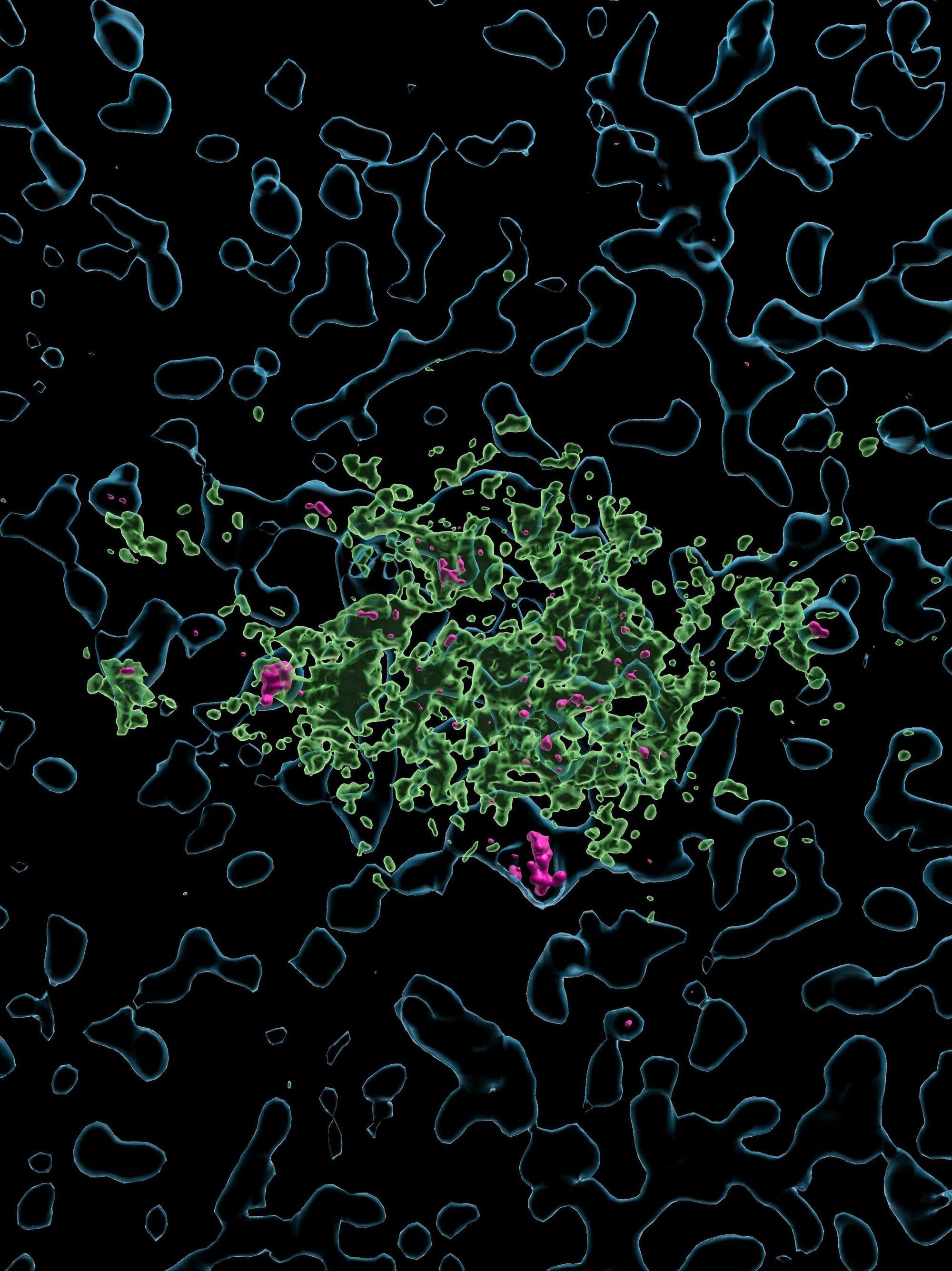Skin cutaneous melanoma (SKCM) is the deadliest skin cancer, with rising global incidence. Cellular senescence plays an essential role in tumorigenesis, progression, and immune modulation in cancer, however, its role in SKCM prognosis and immunotherapy response remains unclear.
We analyzed 279 senescence-related genes (SRGs) in 469 patients with SKCM from The Cancer Genome Atlas. A cellular senescence-related signature (CSRS) was constructed using univariate and LASSO Cox regression analyses. Kaplan-Meier survival curves and receiver operating characteristic (ROC) analyses were used to evaluate its predictive performance. Consensus clustering based on SRG expression stratified patients into distinct subgroups. External validation was performed using the GSE65904 dataset. We further assessed the association between CSRS, immune cell infiltration, and immunotherapy response. Additionally, immunohistochemistry validated the expression of prognosis-related SRGs and functional assays explored the role of RuvB-like AAA ATPase 2 (RUVBL2) in SKCM cells.
The CSRS effectively stratified patients with SKCM into high-and low-risk groups with significantly different survival outcomes and immune profiles. Moreover, our results suggest that higher levels of cellular senescence may enhance immunosurveillance and promote tumor suppression via a senescence-associated secretory phenotype-dependent mechanism. Based on the expression profiles of 113 SRGs, patients were classified into three distinct clusters, with Cluster 1 associated with the poorest prognosis. Among the identified SRGs, RUVBL2 was markedly upregulated in SKCM cells and its knockdown inhibited cell proliferation.
